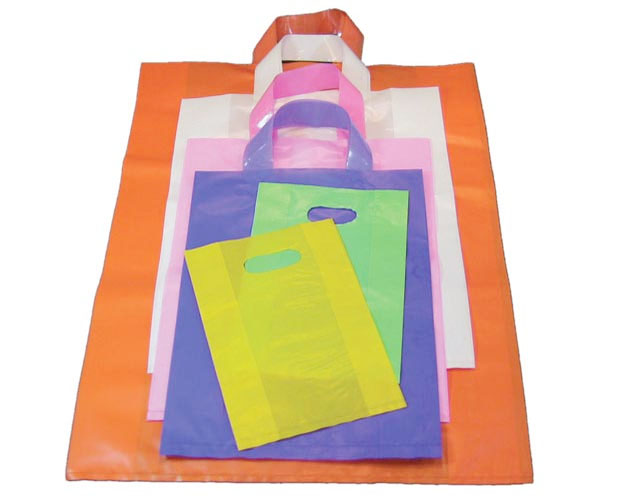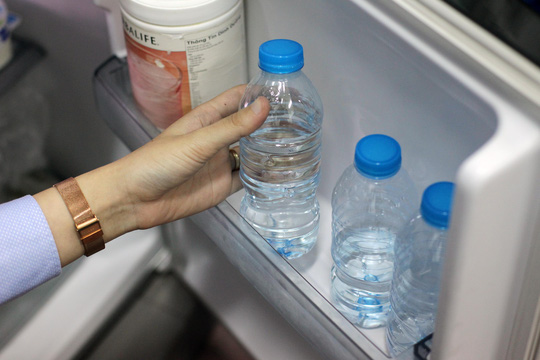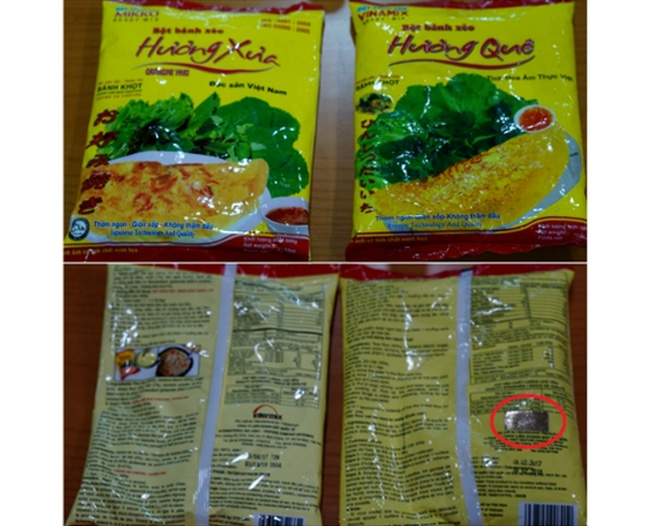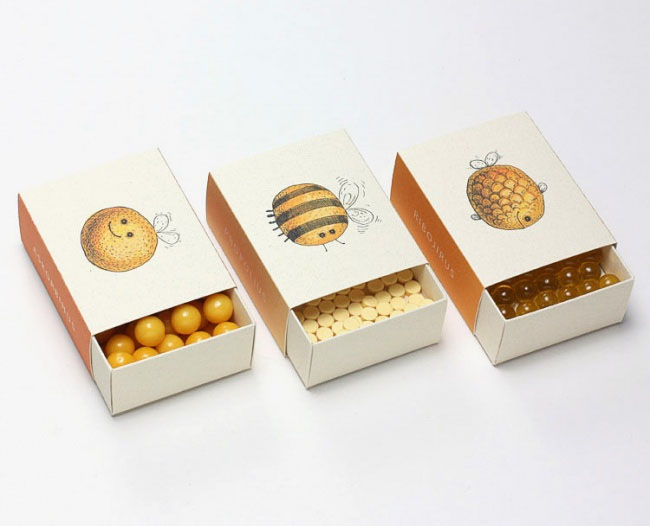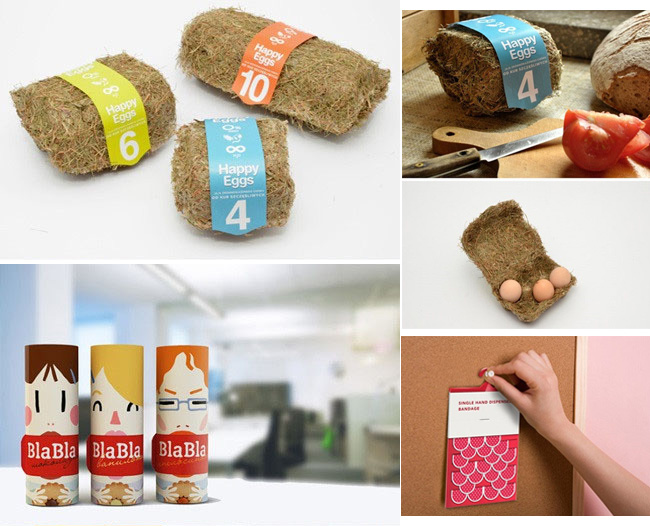WHAT IS EVA PLASTIC?
I. What is EVA?
E.V.A is the name of a plastic resin which is an acronym for Ethylene Vinyl Acetate Copolymer, a compound of Ethylene and Acetate. Produced by the pressure stage with a pressure of more than 2,500 atmospheres.
One of the prominent features of E. v.A resin is its relationship to other resins.
Plastic particles can be grouped into two groups, the first group is made up of carbon and hydrogen called polarity (LDPE, LLDPE, HDPE, PP) and the other is oxygen with the exception of carbon and hydrogen. They are called non-polarized groups such as nylon and polyester.
Normally, the polarizable group can only be mixed with the polarizable group and also with the nonpolarizable group. But with E.V.A, it can be mixed with other resins and can be mixed with chemical additives.
E.V.A plastic resin is also an ethylene and vanadium compound in space, physical properties are determined by molecular weight, VA content and degree of polymerization.
Higher molecular weight improves durability, toughness, internal tension and internal impact, but resin or gloss characteristics may be reduced.
Less VA content is similar to PE, if the content is increased, the density and elasticity of the rubber, the flexibility to improve compatibility with plastic resins as well as other plastics.
With a normal VA content of 7 to 60% is called EVA resin, less than 7% is considered as PE material and over 60% can not call it a plastic resin attribute and also excludes the attribute. of EVA
II. Characteristic of EVA resin
1. Due to the active nature of the solder, it is soft and flexible at low temperatures.
2. Lightweight, transparent, resistant and non-toxic
3. If the VA increases its flexibility, it will increase its adhesion better.
4. Compared to rubber, it is mild, non-toxic and non-toxic.
5. Low weight, high economics, and good vibration absorption.
6. It combines well with rubber, PE, PP, PVC ... so it is mixed together to improve the internal and in the work.
Plate eva plate processing in daily life.
Due to the favorable characteristics of EVA as mentioned above, it is becoming more and more prone to use EVA in everyday products.
In life, EVA is most commonly used in backpacks and footwear. EVA's expanded foam properties retain impact absorption and stability thus contributing to the functionality and superiority of the bag and shoe.
In addition, the hardness and hue of EVA are not the same, so different types of EVA can be produced, so they can be used for processing or use as follows and the scope of use. Its use is constantly being developed extensively.
1. Use for safety items or protective gear in recreational or sports products.
2. Office supplies or handles have a need for pads.
3. Miscellaneous items such as clothes, handbags, backpacks ...
4. Mattress pad for sports center or floor.
5. Used in building materials such as sound insulation, insulation, insulation.
6. Packaging materials.
7. Additional materials in the industry.
8. Materials in embroidery.
9. Interior and car impact reduction products.
10. Application in many other fields

